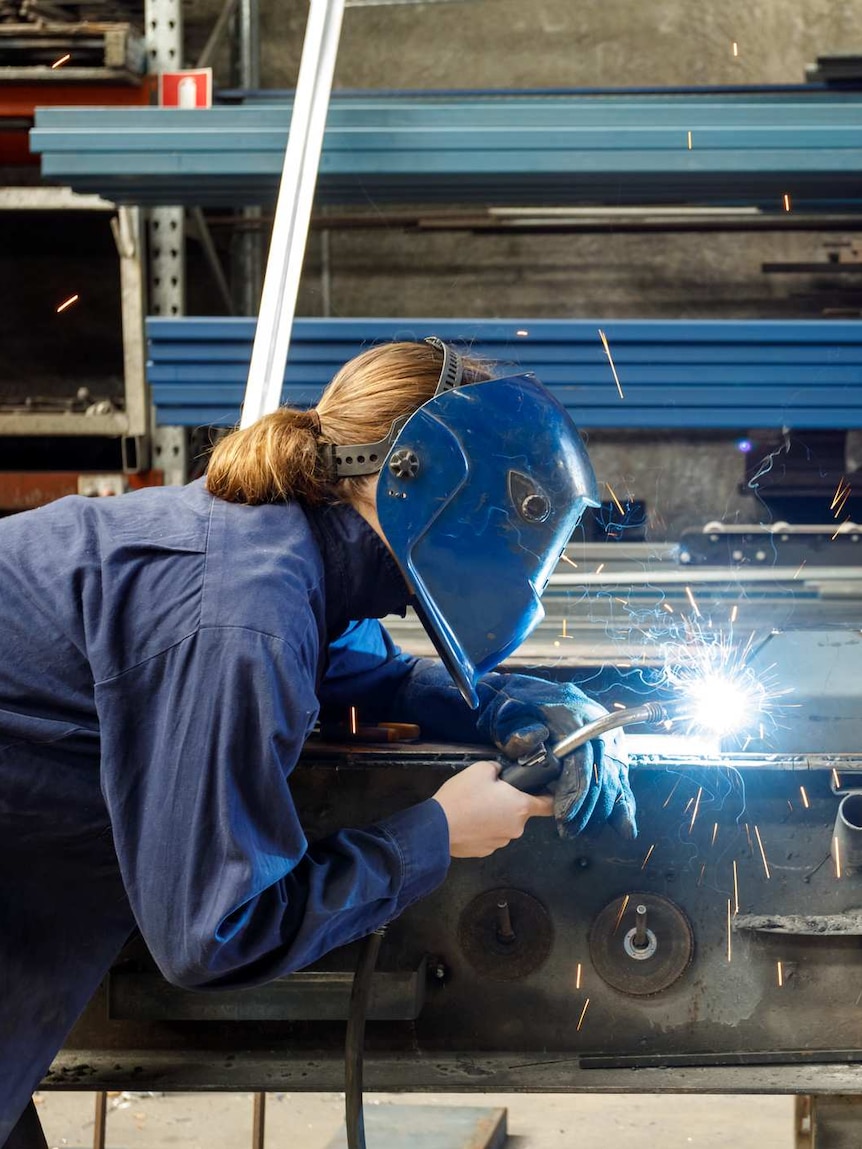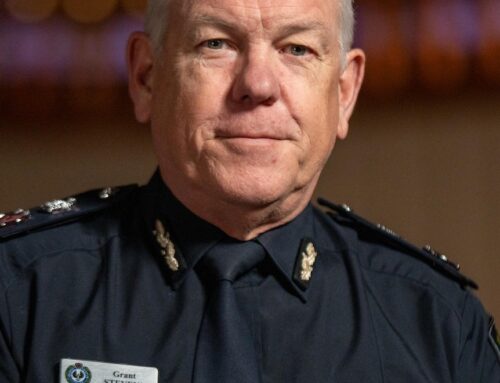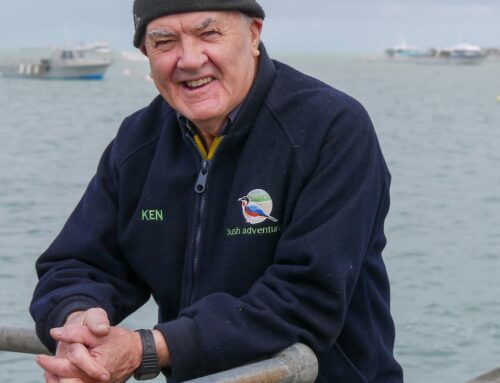First, the good news for consumers.
Despite the latest iteration of the gas crisis rippling through Australia’s south-eastern states in the dead of winter, you’re unlikely to go without warm showers over the coming cold months.
Alas, the bad news.
None of this is good for your gas or power bills, which have been rocketing quite enough as it is for the past couple of years.
And if you happen to work in industries that are heavily reliant on gas, energy expert Gavin Dufty from St Vincent de Paul has a sober warning.
It appears your gas supplies might be “curtailed” – or cut off.
“Basically, they’re on stand-by to switch off and stop making stuff,” Mr Dufty said.
“That has an impact to them as an industry and as businesses, but also it has impacts on employment and a whole lot of other things.”
System at tipping point
Last week, the fragile state of the gas system in Australia’s south-east – encompassing Victoria, New South Wales, South Australia and Tasmania – was laid bare by a series of shocks.
An outage at the Longford gas plant in the Bass Strait – the historic bedrock of the south-eastern gas supply – collided with a cold snap that sent demand for the fuel soaring.
At the same time, a prolonged spell of relatively calm weather led to a run on gas for electricity generation as the power system scrambled to compensate for a slump in wind farm output.
Stepping into the breach was the Australian Energy Market Operator (AEMO), which runs the country’s biggest gas and electricity markets.
On Thursday, the agency took the extraordinary step of issuing an imminent threat notice for gas supplies across the nation’s most populous corner.
Josh Stabler from consultancy Energy Edge said AEMO had to act.
Mr Stabler likened the state of the gas system to a redlining car engine, saying it was running at full capacity and was dangerously close to failing.
“We’re getting close,” Mr Stabler said.
“Basically, all of those systems there were running at full capacity and there wasn’t any clear shortfalls of supply under those circumstances.
“But it is reliant on everything going fine.
“It’s reliant on [Victorian gas storage facility] Iona being available, it’s reliant on Longford not having any problems, it’s reliant on gas coming from Queensland without any constraints.
“There’s a lot of business-as-good is the scenario there.”
Crisis ‘a policy failure’
According to Mr Stabler, Australia’s east coast gas system was in a state of scarcity but the risk of shortfalls would be ever-present over the coming few months, especially if the weather was cold and demand stayed high.
He said household supplies were unlikely to be affected, but industry wouldn’t be so lucky.
Gas-fired electricity generators would be the first to feel any hit, he said, given they could switch to diesel if necessary to produce power.
But Mr Stabler said that in the event that was insufficient to deal with any shortages, more and more businesses – and jobs – would be in the firing line.
Andrew Richards, the boss of the Energy Users Association of Australia, struck a similar serious note.
“If you’re making bricks, steel, glass, paper, cement, all those guys are going, ‘Well, I could get curtailed,'” Mr Richards said.
“Food processors, I think they’re probably further down the list.
“But certainly the really big high temperature, high heat people, they’re the ones who are getting these notices that basically say, ‘We might be interrupting you.'”
For Mr Richards, the intervention of AEMO was similarly understandable.
He said there was no choice between supplying often vulnerable households in winter and big energy users that could deal somewhat better with any interruption.
But he said it was a sign of a system under extreme stress.
What’s more, Mr Richards feared things would only get worse in the coming years as supply from Longford fell off a cliff and there was little or no replacement gas to fill the gap.
“In electricity… when AEMO think we’re going to start running out of electricity, they call for people to scale back their production, scale back use,” Mr Richards said.
“That was always meant to be a last resort, a backup, a safety net. It’s now become normalised.
“And people say, ‘Oh, that’s the market working.’
“No, that’s failure. If you’re actually using your last resort safety net as a primary means to manage supply-demand balance, you’ve failed.
“Now, if we go down this gas approach, if we’re using gas curtailment to manage supply-demand balances, that’s not the market working.
“That’s policy failure. Sorry, you can’t spin it any other way.”
Mr Richards said he was also worried that Australia’s inability or unwillingness to develop its gas resources – despite so many industries and jobs relying on the fuel – would lead to perverse outcomes.
Chief among them, he said, was the prospect of importing liquefied natural gas, even though Australia was one of the world’s biggest exporters of the commodity.
“Then you’re open to wars in Ukraine, you’re open to other supply chain shocks, you just open yourself up to a whole range of external factors that can drive the price,” he said.
“It’s crazy when you’ve got a domestic reserve, domestic capacity that should see your domestic manufacturers and households shielded from all that nonsense.
“But we’ve decided not to shield ourselves from that. We’ve decided to get into the middle of it and we’re just passengers now.”
Move away from gas
Not everybody was as pessimistic.
Josh Runciman from the Institute for Energy Economics and Financial Analysis, a think tank that advocates for renewable energy, said the situation wasn’t as bad as it seemed.
For starters, Mr Runciman said demand for gas was falling faster than AEMO was forecasting – it’s just that supply was falling at a faster rate still.
Similarly, he said the latest crisis highlighted the benefits of moving away from gas and towards electricity in households, arguing this “could eliminate the risks of supply gaps if we act soon enough”.
“Our research has found that governments can help to lower gas demand even more by helping households and industry electrify,” Mr Runciman said.
“Households will also benefit from lower energy bills.”
Mr Stabler, on the other hand, said the pace at which supply was falling quicker than demand meant Australia was headed for a crunch.
He said Australia’s gas industry would never grow from its historic highs as the country shifted away from the fuel.
But he argued the country needed to reconcile the likelihood that it would continue to depend on gas for many years.
“It’s not that we’re building more,” Mr Stabler said.
“We’re trying to arrest decline, which is a very different question to ‘let’s just get more and grow that industry’. It’s not a growth of the industry.”
Realities of the transition
He doubted householders would be able to get off gas as easily as some people thought.
“They don’t actually exit the market the way that people hoped, it costs money to replace gas with electricity, people have cost of living pressures,” he said.
“So transition isn’t costless and, fundamentally, transition by default is disorderly because it is hard to get the new thing in place to take over the old thing.
“Actually marrying those two things up and lining them up is an incredibly difficult task. So, unfortunately, we’re likely to see more disorder before we see the order.”
Mr Dufty from St Vincent de Paul agreed.
He said electrifying homes was the right policy which would deliver “huge opportunities” to customers.
But he also said it was unrealistic – or even disingenuous – to suggest it could happen easily or quickly given millions of households were firmly enmeshed in the gas system.
“I think we all know what to do,” Mr Dufty said.
“I know when my appliances fail, I will be looking for electric options or alternatives to gas.
“But I’m not going to do it and pull out a good appliance early, I’m going to wait until it happens at that particular time.
“I mean, if all the wealthy people… move off early, then poor households and households that don’t have the resources are left there, holding the can and paying way more for gas to heat their homes.”




